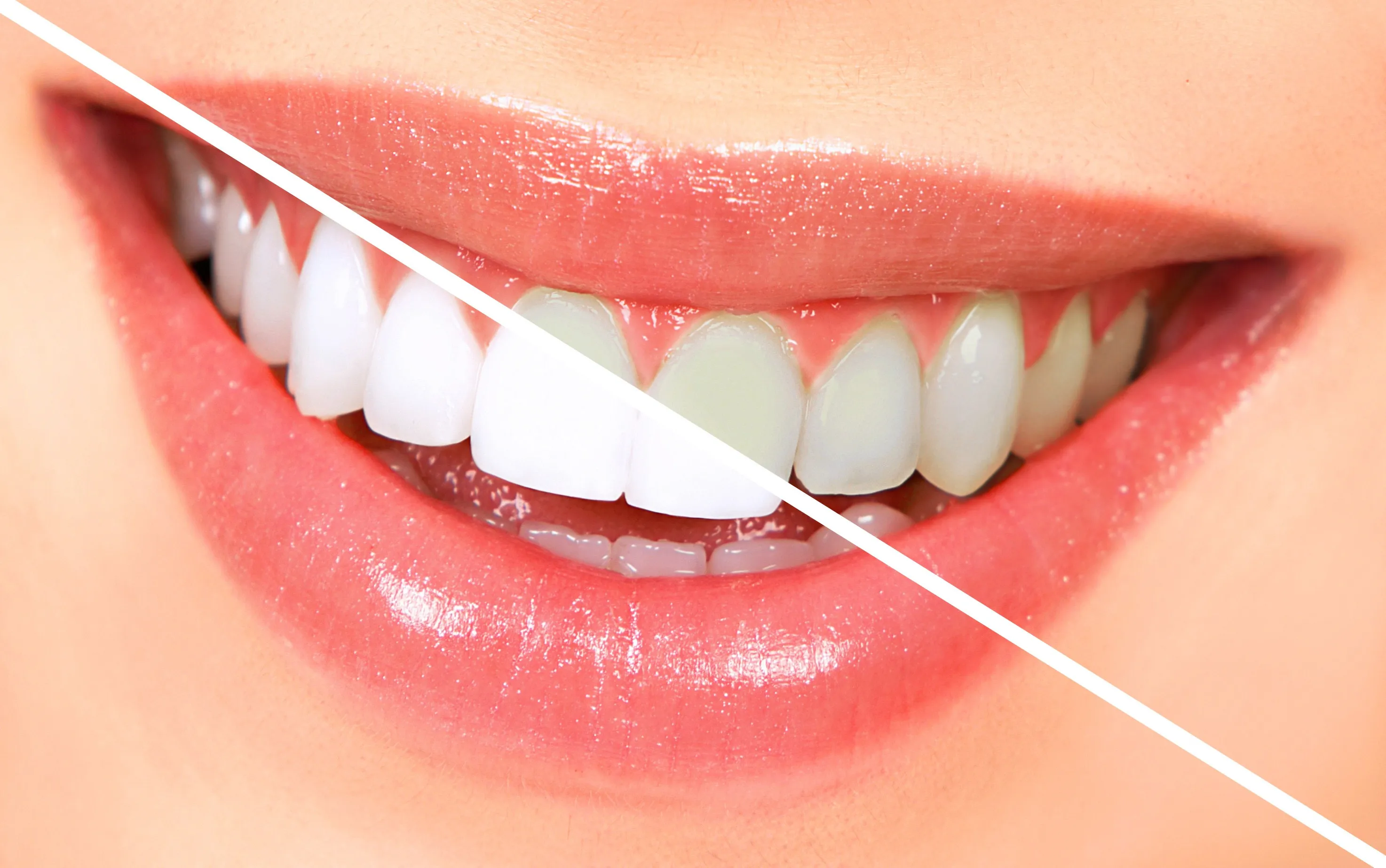Teeth Whitening Procedure Overview
Achieving a bright, white smile is a common goal for many people, and teeth whitening procedures offer a variety of methods to help. From professional treatments to over-the-counter options, the world of teeth whitening can seem complex. Understanding the different procedures, their effectiveness, and potential risks is crucial for making an informed decision. This article explores the top 5 methods, providing a comprehensive guide to help you achieve a dazzling smile. Whether you’re dealing with stains from coffee, tea, or aging, there’s a whitening procedure that can work for you. This guide will walk you through each method, helping you understand the pros and cons so you can choose the best approach for your needs. Let’s dive into the world of teeth whitening and discover how you can brighten your smile.
Understanding Teeth Discoloration
Before exploring the best whitening procedures, it’s essential to understand why teeth become discolored in the first place. Tooth discoloration can stem from various factors, ranging from dietary habits to natural aging. Knowing the causes of stains can help you choose the most effective whitening method and make lifestyle adjustments to maintain your bright smile. Discoloration can manifest in different ways, including surface stains (extrinsic) and internal stains (intrinsic). Understanding the difference helps in selecting the appropriate treatment. Extrinsic stains affect the enamel surface and are often easier to remove, while intrinsic stains are within the tooth structure and may require more intensive treatments. Knowing the cause helps to ensure the most effective whitening treatment.
Causes of Tooth Staining

Tooth staining can be attributed to a variety of factors. One of the most common causes is the consumption of staining foods and beverages. Coffee, tea, red wine, and dark-colored berries contain pigments that can adhere to the enamel and cause discoloration over time. Tobacco use, whether smoking or chewing tobacco, is another significant contributor to tooth staining. Nicotine and tar in tobacco products leave behind stubborn stains that are difficult to remove. Aging also plays a role as the enamel thins over time, revealing the yellowish dentin underneath. Certain medications, such as tetracycline antibiotics, can cause intrinsic staining during tooth development. Poor oral hygiene, including inadequate brushing and flossing, can allow plaque and tartar to build up, leading to staining. Finally, genetic factors can influence the natural color of your teeth, making some people more prone to discoloration than others. Understanding these causes allows for more informed choices regarding prevention and treatment.
Types of Teeth Whitening Procedures
The market offers a variety of teeth whitening procedures, catering to different needs and preferences. These methods range from professional treatments performed by dentists to at-home kits and over-the-counter products. Each procedure has its own advantages, disadvantages, and level of effectiveness. Some procedures offer quick results, while others may require more time and commitment. The best choice depends on individual factors, such as the severity of staining, sensitivity of the teeth, and budget. Knowing the options available allows you to consult with a dental professional and make an informed decision. The following sections will break down the top 5 methods, providing insights into the process, benefits, and potential drawbacks of each.
In-Office Teeth Whitening
In-office teeth whitening, often called professional teeth whitening, is one of the most effective and fastest ways to brighten your smile. This procedure is performed by a dentist or dental hygienist in a clinic setting. The treatment typically involves the application of a high-concentration bleaching agent to the teeth, often combined with the use of a special light or laser to accelerate the whitening process. This method can deliver dramatic results in a single session, often whitening teeth several shades lighter. In-office whitening is ideal for those seeking immediate results and who are willing to invest in a professional treatment. The procedure is supervised by a dental professional, ensuring safety and effectiveness.
The Process
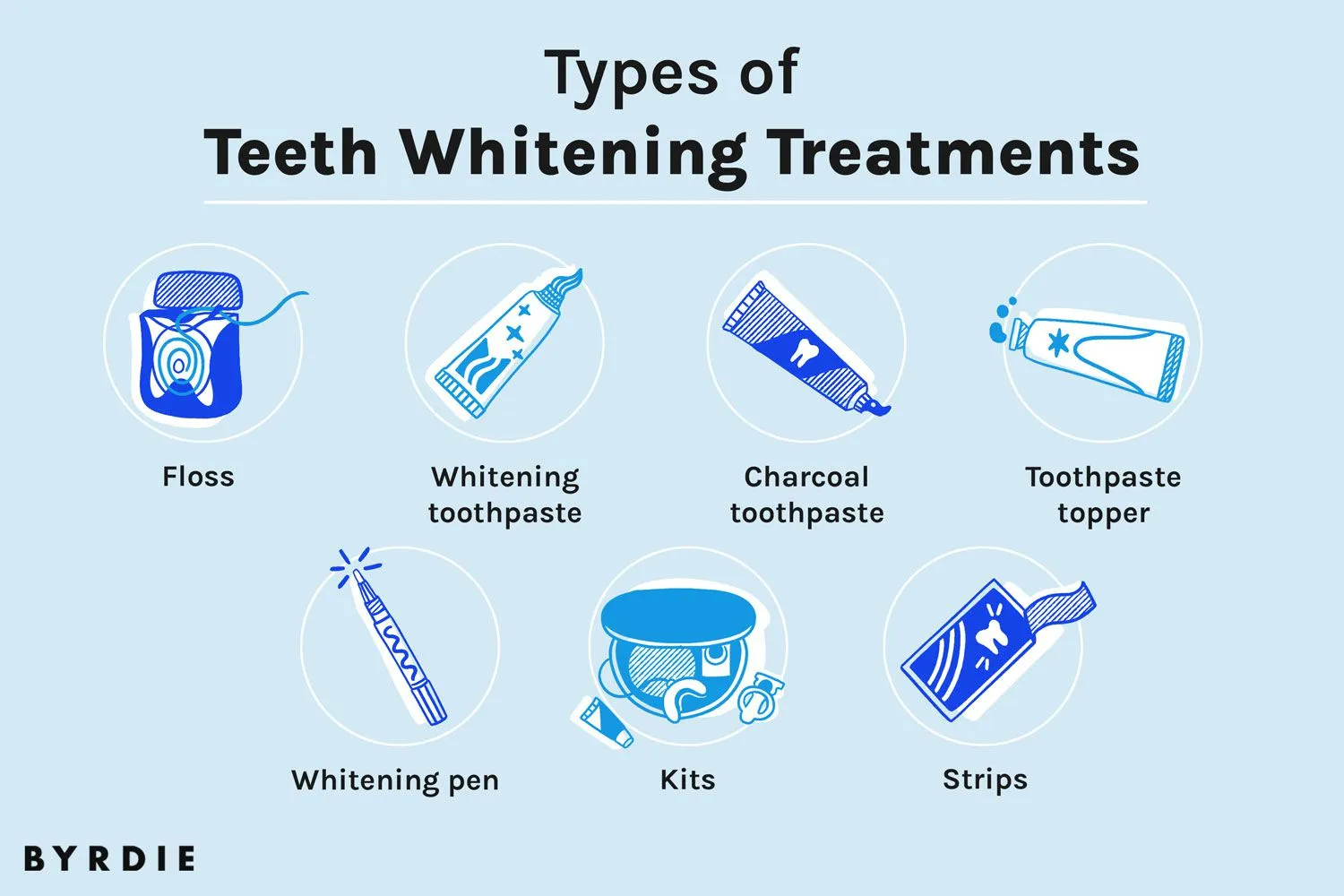
The in-office teeth whitening process begins with a thorough examination and cleaning of the teeth to remove any plaque or debris. This ensures the bleaching agent can effectively penetrate the enamel. A protective barrier, such as a rubber shield, is then placed around the gums to protect them from the bleaching agent. The dentist applies a high-concentration hydrogen peroxide or carbamide peroxide gel to the teeth. A special light or laser may be used to activate and accelerate the whitening process. The bleaching agent is usually left on the teeth for a specific period, often in 15-20 minute intervals, and the process may be repeated several times during the session to achieve the desired result. After the procedure, the dentist will remove the bleaching agent and provide instructions for post-whitening care. This may include avoiding staining foods and beverages for a certain period.
Benefits and Drawbacks
In-office teeth whitening offers several benefits. It provides immediate and dramatic results, often lightening teeth by several shades in just one visit. The procedure is performed under the supervision of a dental professional, which ensures safety and minimizes the risk of complications. The high-concentration bleaching agents used in-office are more effective than those available in at-home kits. However, there are also some drawbacks. In-office whitening is generally more expensive than at-home methods. Some people may experience temporary tooth sensitivity after the treatment. The results may not be permanent and may require maintenance treatments over time. It’s important to consider these factors when deciding if in-office whitening is the right choice for you. Despite the drawbacks, the convenience and effectiveness often make it the preferred choice for many.
At-Home Teeth Whitening Kits
At-home teeth whitening kits provide a convenient and cost-effective alternative to in-office procedures. These kits typically contain custom-fitted trays or strips filled with a lower concentration of bleaching agent. At-home kits are a popular choice for those looking to gradually whiten their teeth at their own pace. They are readily available over-the-counter or can be prescribed by a dentist. The effectiveness of these kits can vary depending on the type of kit and the user’s adherence to the instructions. While they may not offer the same immediate results as professional whitening, they can still provide significant improvement over time. It’s important to follow the instructions carefully and be patient to achieve the desired results.
Types of At-Home Kits
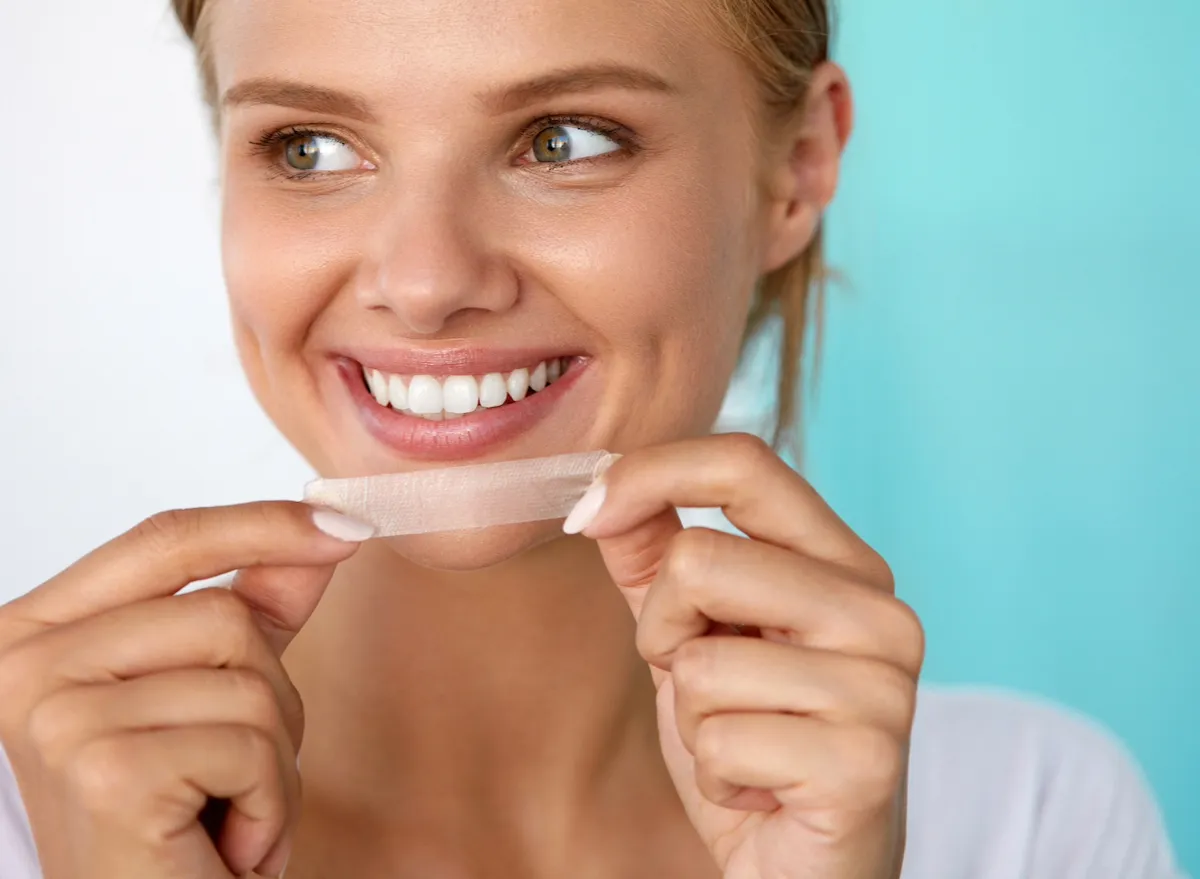
There are several types of at-home teeth whitening kits available. Whitening strips are thin, flexible strips coated with a peroxide-based whitening agent. They are easy to use and applied directly to the teeth for a specific amount of time each day. Tray-based systems involve custom-fitted trays filled with a bleaching gel, prescribed by a dentist or available over-the-counter. These trays are worn for a certain period each day or overnight. Whitening gels are applied directly to the teeth using a brush or applicator and are designed to be used multiple times daily. Whitening toothpastes and rinses, discussed further below, also contribute to the at-home whitening arsenal. The choice of kit often depends on personal preference, budget, and the severity of the staining. Consulting with a dentist can help determine which type of kit is most suitable for your specific needs.
How to Use At-Home Kits Safely
To use at-home whitening kits safely, it’s crucial to follow the instructions carefully. Always read and understand the product instructions before starting the treatment. Use the recommended amount of bleaching agent and do not overuse the kit, as this can lead to tooth sensitivity and gum irritation. If using trays, ensure they fit properly to avoid the bleaching agent coming into contact with the gums. Avoid swallowing the bleaching agent. If you experience excessive sensitivity or irritation, stop the treatment and consult your dentist. It’s also important to maintain good oral hygiene during the whitening process, including regular brushing, flossing, and dental checkups. Consistent and careful use of at-home kits can provide effective results, but always prioritize your oral health and safety.
Teeth Whitening Toothpastes and Rinses
Teeth whitening toothpastes and rinses are readily available over-the-counter and offer a convenient way to maintain a brighter smile. These products typically contain mild abrasive agents or chemical compounds that help remove surface stains. They are a good option for those seeking a gentle approach to teeth whitening and are often used as part of a daily oral hygiene routine. While they may not provide the same dramatic results as professional treatments or at-home kits, they can help maintain the brightness of your teeth and prevent new stains from forming. Regular use of these products, combined with good oral hygiene practices, can contribute to a healthier and more aesthetically pleasing smile. It’s essential to choose products that are safe for your enamel and gums and follow the manufacturer’s instructions.
Effectiveness of Whitening Products
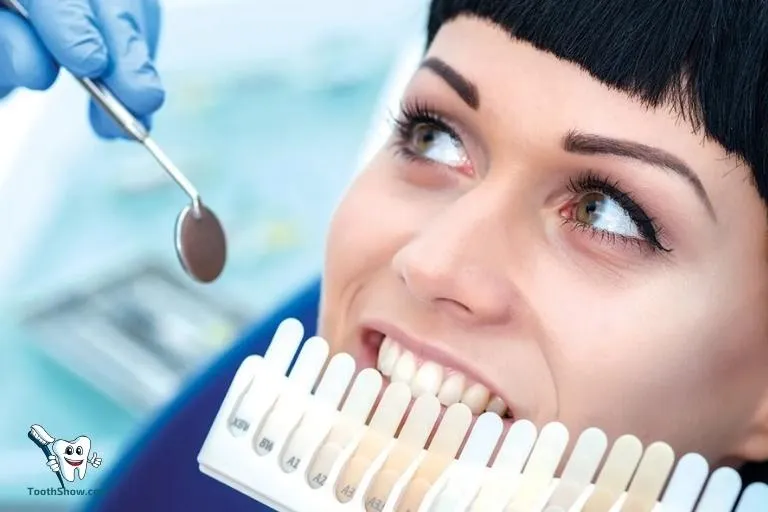
The effectiveness of teeth whitening toothpastes and rinses varies depending on the product and the type of stains. Whitening toothpastes often contain mild abrasives that help remove surface stains caused by coffee, tea, or smoking. They can also contain chemicals that help to break down stains. However, they do not typically contain bleach, which is the active ingredient in professional whitening treatments. Whitening rinses often contain hydrogen peroxide or other bleaching agents, but at lower concentrations than professional products. They can help to freshen breath and slightly brighten teeth. The results achieved with these products are usually subtle, with whitening toothpastes often providing the best results when used regularly. For more significant results, other whitening methods are generally necessary.
Potential Risks and Side Effects
While generally safe, teeth whitening toothpastes and rinses can have potential risks and side effects. Some whitening toothpastes contain abrasive particles that can, over time, wear away enamel, leading to increased tooth sensitivity. Sensitivity to hot and cold foods and drinks is a common side effect. Gum irritation can occur if the product comes into contact with the gums. It’s important to use these products as directed and to consult a dentist if you experience any adverse effects. Some products may not be suitable for people with sensitive teeth or certain dental conditions. Always choose products that are ADA-approved and consult with a dental professional if you have any concerns.
Professional Teeth Whitening vs. DIY Methods
The choice between professional teeth whitening and DIY methods depends on your individual needs, budget, and goals. Professional whitening, performed by a dentist, offers the most significant results and is often the quickest option. It utilizes high-concentration bleaching agents and is performed under controlled conditions, minimizing the risk of complications. However, it comes at a higher cost. DIY methods, such as at-home kits and whitening toothpastes, are more affordable and convenient. They are suitable for those who want to gradually whiten their teeth or maintain their results. However, they may not be as effective for severe staining. Choosing the best method involves considering factors like the severity of the stains, your budget, your tolerance for potential side effects, and your willingness to commit time to the process. Consulting with a dentist can help you make an informed decision.
Factors to Consider When Choosing
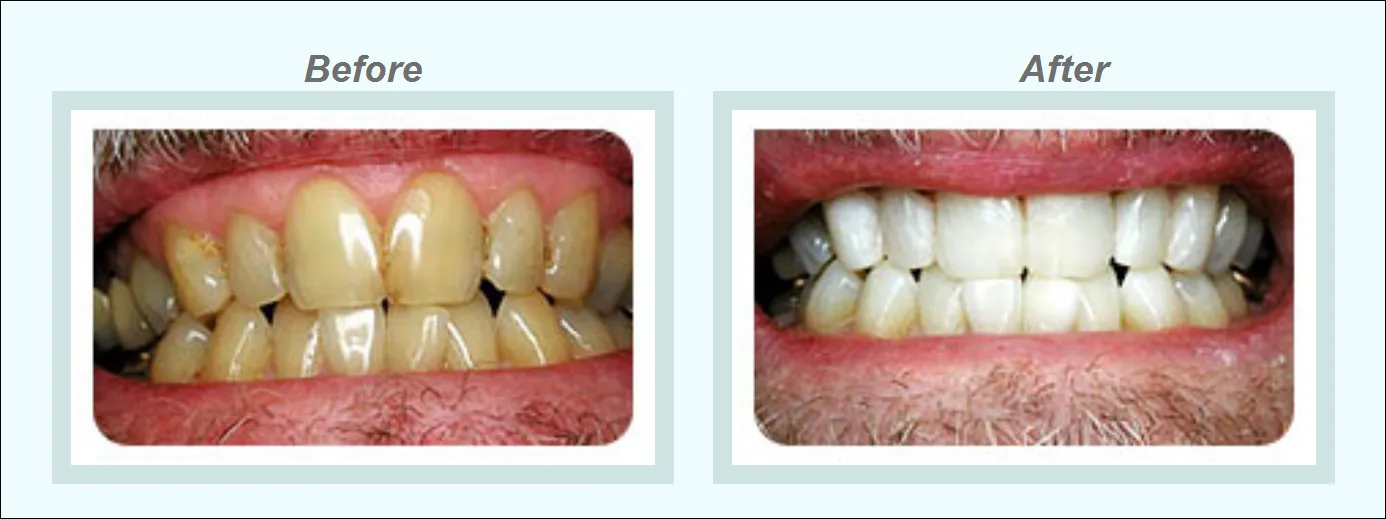
Several factors should be considered when choosing between professional teeth whitening and DIY methods. The severity of the tooth staining is a primary factor. For significant discoloration, professional whitening is often the best option. Your budget will also influence your decision, as professional treatments are more expensive than at-home kits. Your time commitment is another consideration. Professional whitening offers immediate results, while DIY methods require more time. Consider the sensitivity of your teeth and your tolerance for potential side effects. The presence of dental work, such as fillings or crowns, can also impact your choice, as whitening treatments don’t change the color of these restorations. Consulting with your dentist can help you assess these factors and choose the most appropriate method. They can also provide guidance on the best products and techniques for your specific needs.
Cost and Time Commitment
Cost and time commitment are significant factors to consider when deciding on a teeth whitening procedure. Professional teeth whitening typically costs more than at-home methods. However, the results are often achieved in a single session, saving time in the long run. The time commitment for DIY methods varies. At-home kits require consistent use over several days or weeks to achieve visible results. Whitening toothpastes and rinses require ongoing use as part of your daily oral hygiene routine. The cost of at-home kits is generally lower, but you may need to purchase multiple kits to achieve your desired level of whitening. When considering cost, also factor in the cost of potential follow-up treatments or maintenance. Weighing the cost and time commitment against your desired results will help you make the best choice for your situation.
Maintenance and Aftercare
Regardless of the teeth whitening method you choose, proper maintenance and aftercare are essential for preserving your bright smile. This includes regular dental checkups and cleanings, as well as lifestyle adjustments to minimize staining. Following your dentist’s recommendations and practicing good oral hygiene habits will help you maintain your results. The longevity of your whitening treatment depends on your commitment to these practices. Regular maintenance can extend the time between whitening treatments and keep your teeth looking their best. It’s a long-term commitment that pays off in the form of a confident and healthy smile.
Tips for Maintaining a Bright Smile
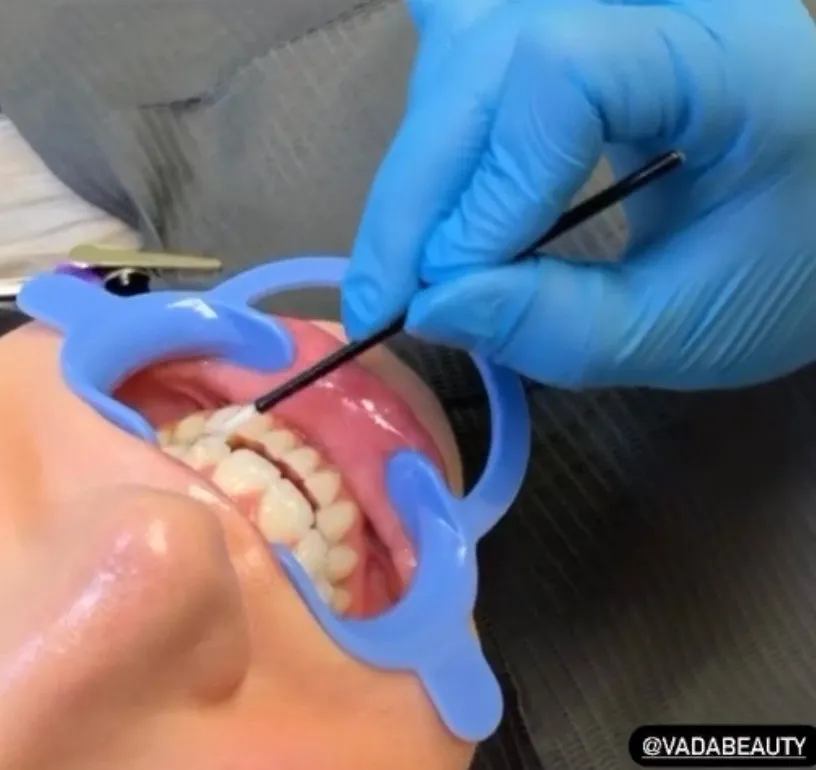
To maintain a bright smile, follow a consistent oral hygiene routine. Brush your teeth at least twice a day for two minutes each time, using a fluoride toothpaste. Floss daily to remove plaque and food particles from between your teeth. Regular dental checkups and professional cleanings are also crucial for removing surface stains and maintaining overall oral health. Consider using a whitening toothpaste or rinse to help maintain your results. Avoid tobacco products, as they cause significant staining. By following these tips, you can maximize the longevity of your whitening treatment and enjoy a beautiful, bright smile for years to come. Consistent care and attention to your oral health will make a significant difference.
Foods and Drinks to Avoid
Certain foods and drinks can stain your teeth and diminish the effects of your whitening treatment. After whitening, it’s advisable to avoid these items for a period of time to prevent new stains from forming. Coffee, tea, red wine, and dark-colored sodas are notorious for staining teeth. Berries, such as blueberries and blackberries, can also contribute to discoloration. Be cautious with deeply colored sauces like soy sauce and balsamic vinegar. Tobacco use is another major contributor to tooth staining. If you consume these items, brush your teeth soon afterward to minimize staining. Rinsing your mouth with water after eating or drinking can also help. By being mindful of your diet and avoiding staining foods and drinks, you can extend the life of your whitening treatment and maintain a brighter smile.
When to See a Dentist
Consulting with your dentist is crucial for any teeth whitening procedure. Before starting any whitening treatment, your dentist can assess your oral health, identify the cause of the staining, and recommend the most appropriate procedure. They can also address any underlying dental issues, such as cavities or gum disease, that may affect the outcome. Your dentist can provide professional whitening treatments in their office and offer guidance on at-home methods. They can monitor your progress and address any potential side effects, such as tooth sensitivity. Regular dental checkups and cleanings are also essential for maintaining a healthy, bright smile. Your dentist is your best resource for achieving and maintaining your desired level of teeth whiteness and overall oral health. Don’t hesitate to schedule an appointment to discuss your teeth whitening goals.
In conclusion, choosing the best teeth whitening procedure involves understanding the different methods available, considering your individual needs, and consulting with a dental professional. From in-office whitening to at-home kits and toothpastes, various options can help you achieve a brighter smile. By understanding the causes of tooth discoloration, the pros and cons of each method, and the importance of maintenance and aftercare, you can make an informed decision and enjoy a dazzling smile. Remember to prioritize your oral health and consult with your dentist for personalized advice and treatment.
